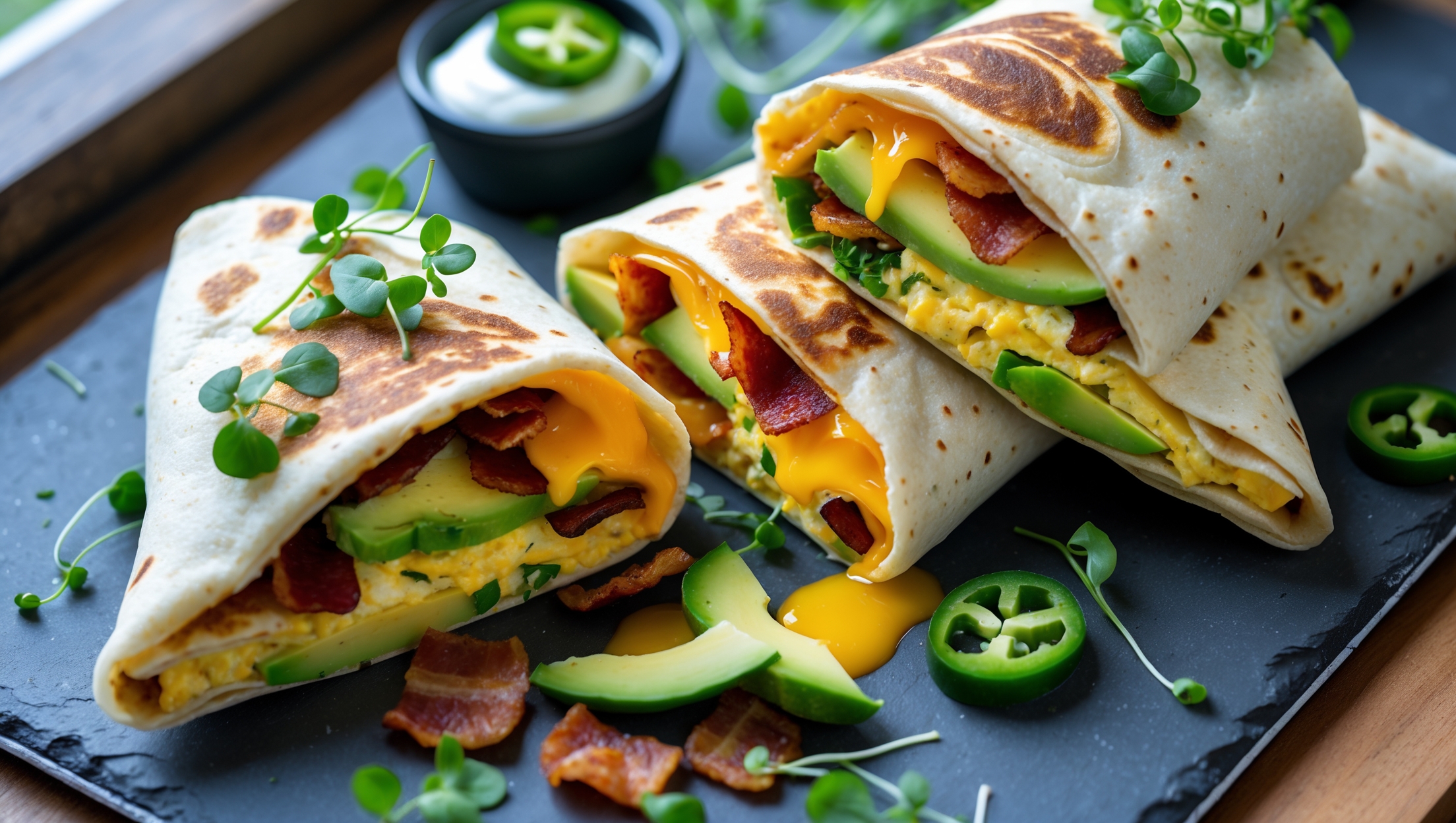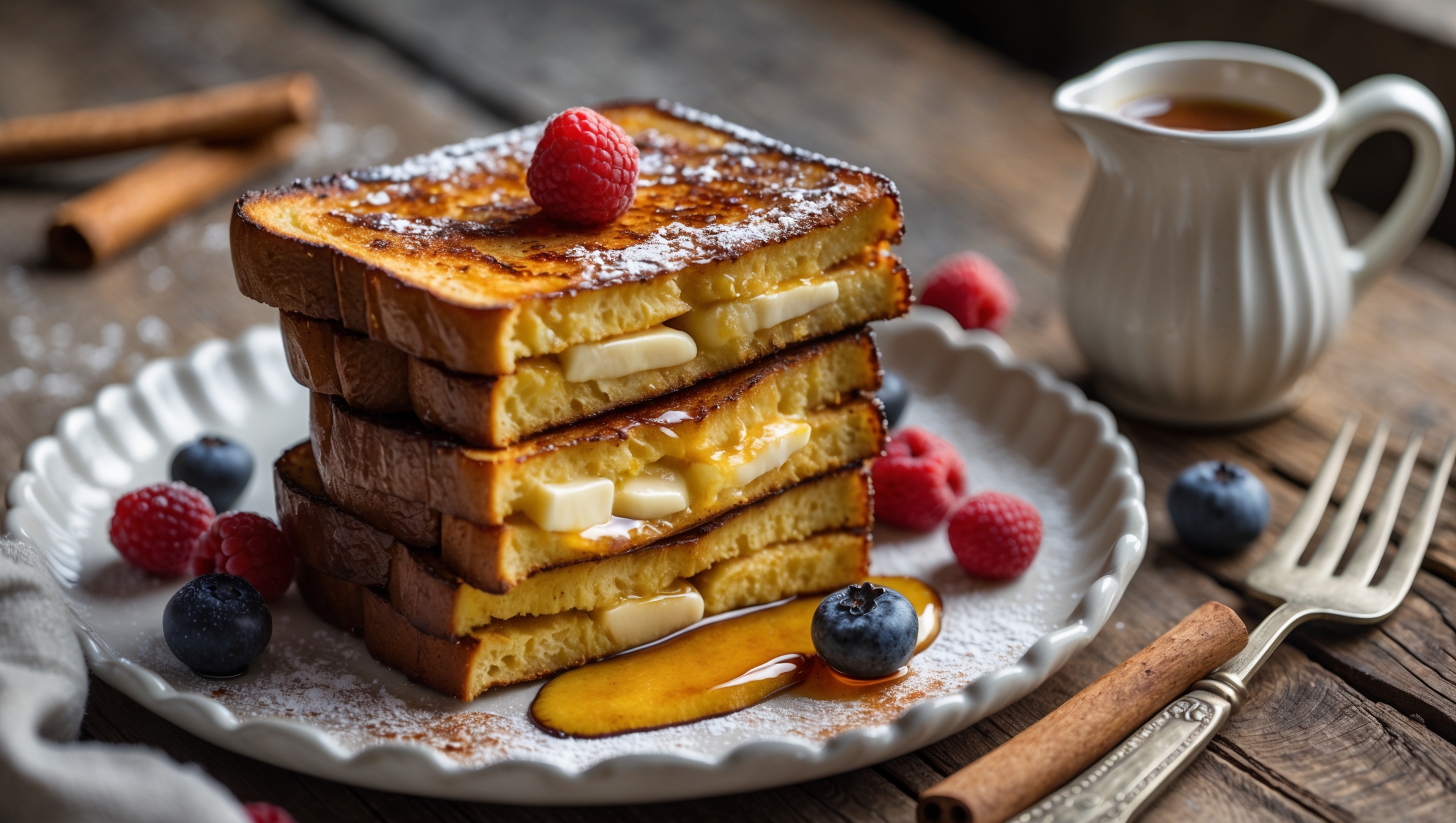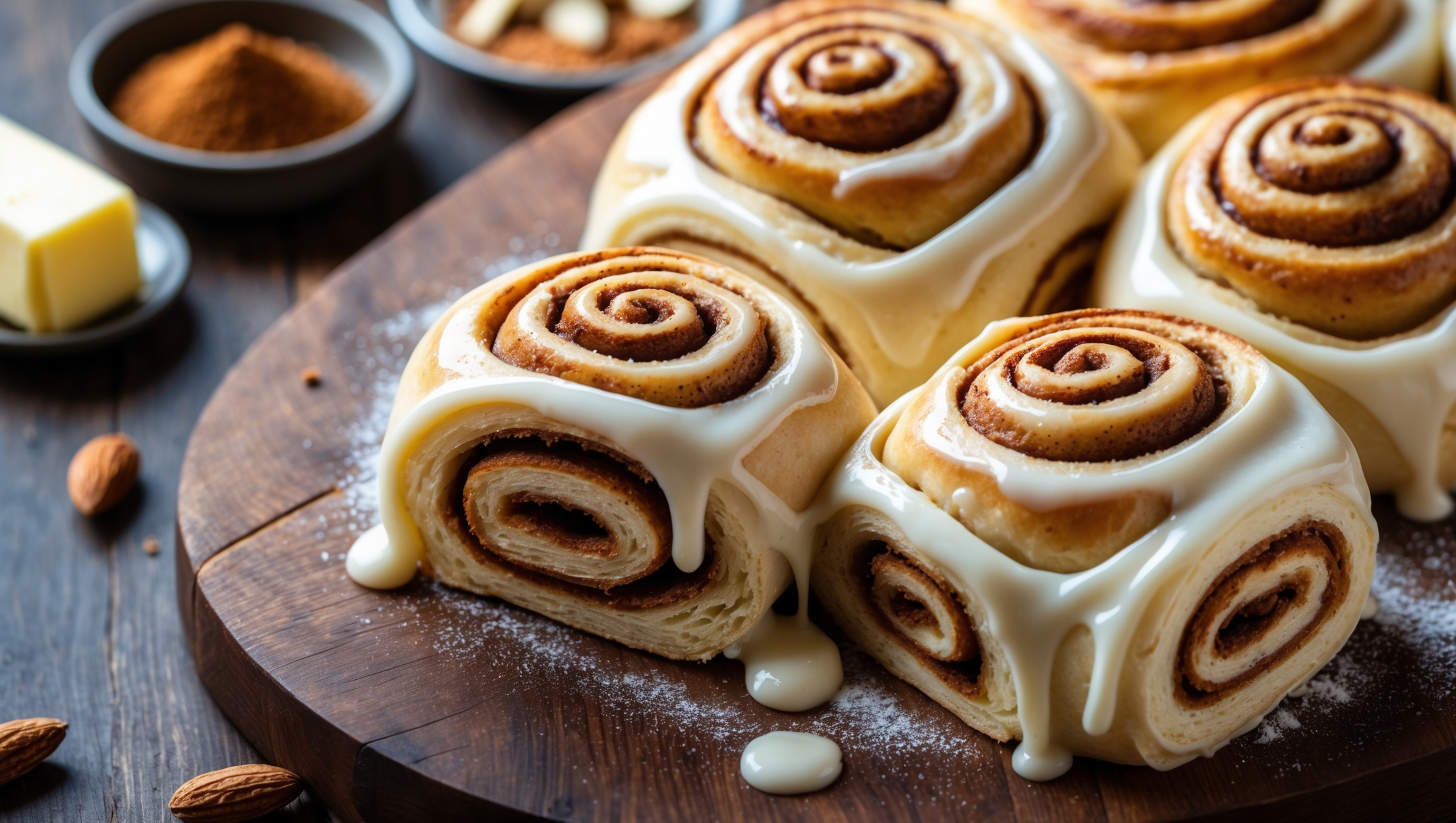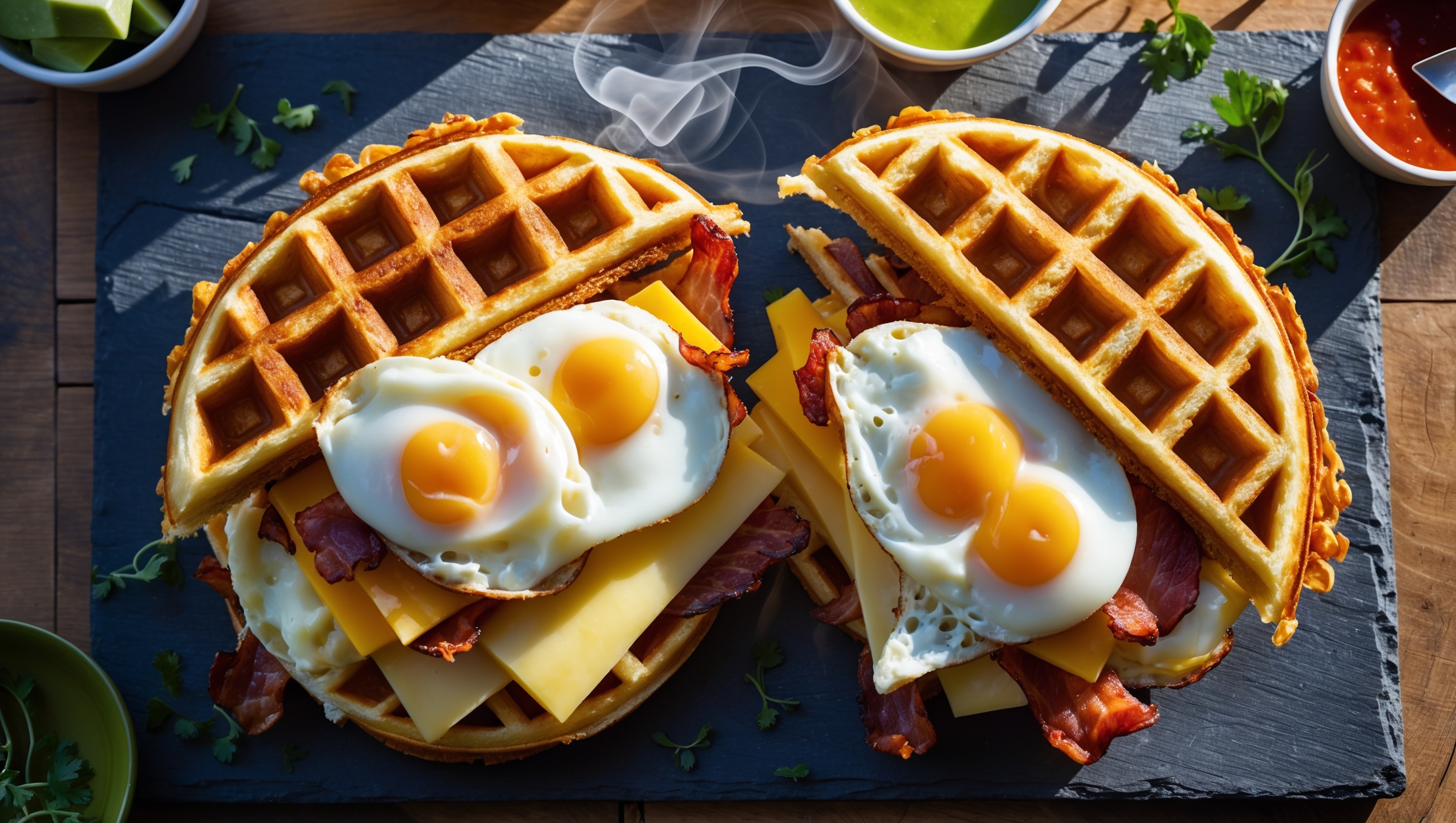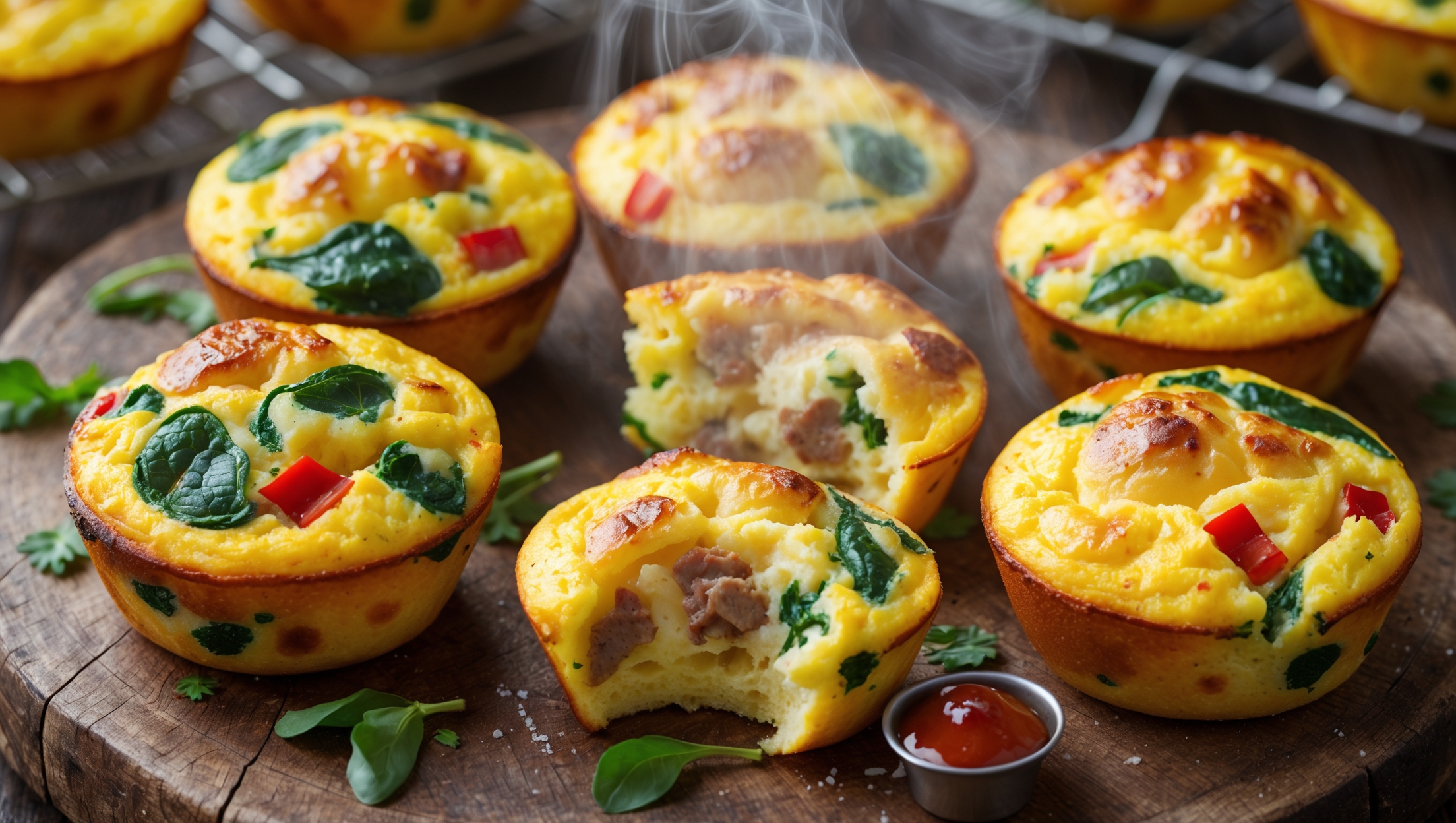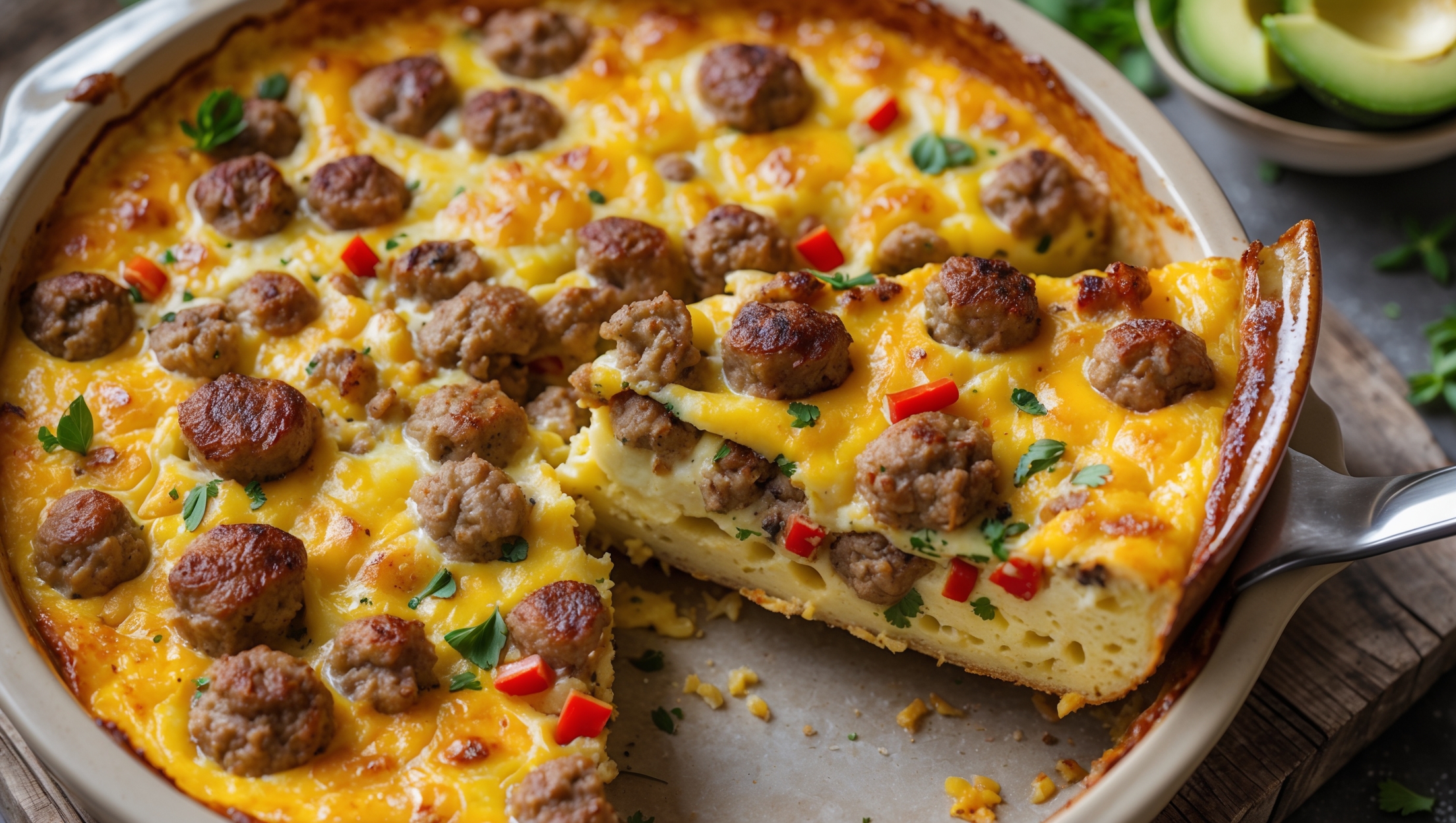Keto Pancakes (Almond Flour or Coconut Flour) Recipe
Learn how to make the best homemade keto pancakes using either almond flour or coconut flour. This easy low-carb breakfast recipe creates fluffy, golden pancakes perfect for your ketogenic diet. Simple ingredients combine for a quick, satisfying morning meal that tastes just like traditional pancakes!
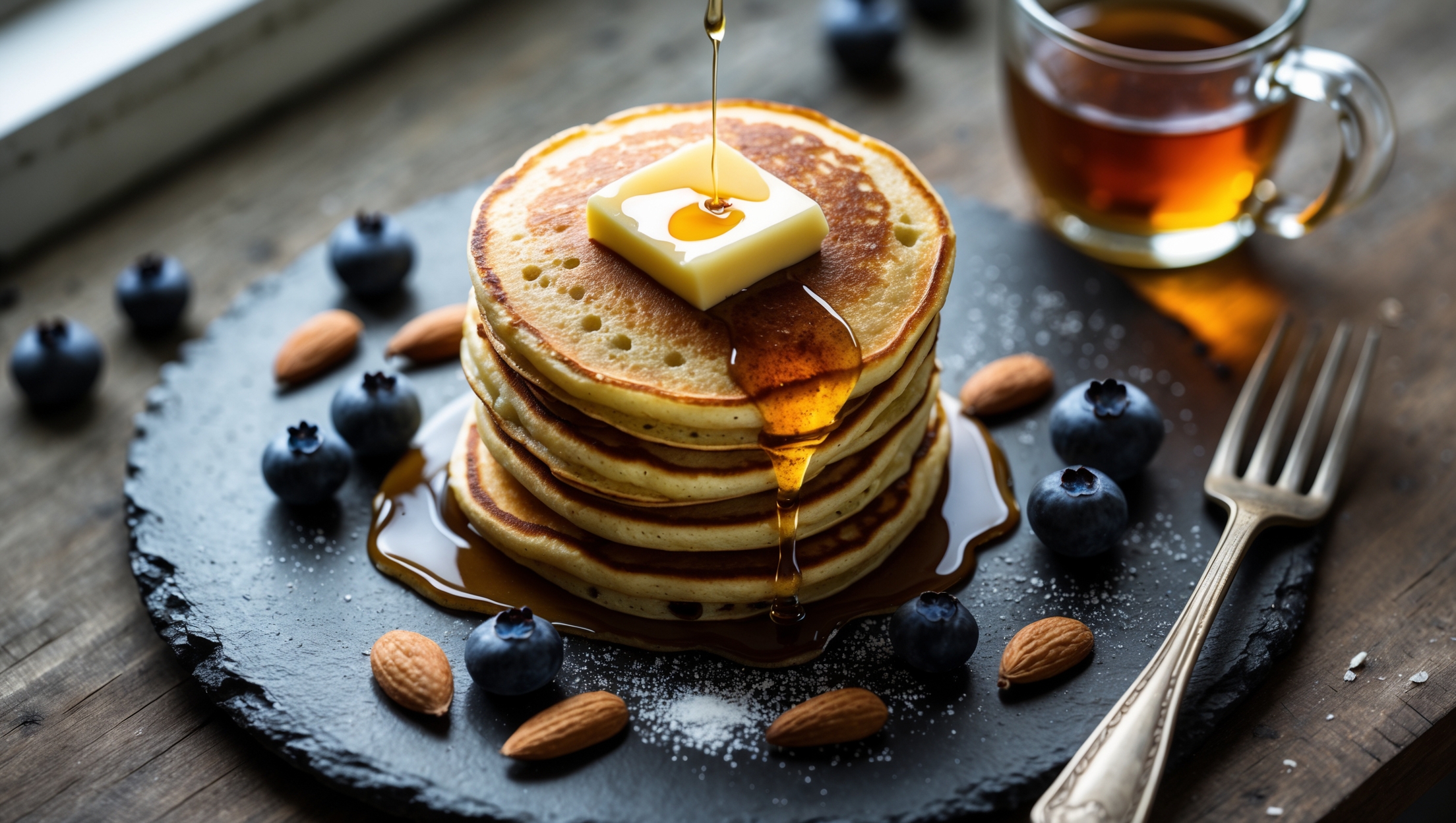
Ingredients
<ul class="ingredients-main-list"><li class="ingredients-single-item">120g almond flour (or 60g coconut flour)</li><li class="ingredients-single-item">4 large eggs</li><li class="ingredients-single-item">60ml unsweetened almond milk (or any low-carb milk)</li><li class="ingredients-single-item">2 tbsp melted coconut oil (plus extra for cooking)</li><li class="ingredients-single-item">1 tsp vanilla extract</li><li class="ingredients-single-item">1/2 tsp baking powder</li><li class="ingredients-single-item">1/4 tsp salt</li><li class="ingredients-single-item">2 tbsp erythritol or monk fruit sweetener</li><li class="ingredients-single-item">1/4 tsp cinnamon (optional)</li></ul>
Equipment
<ul class="equipment-main-list"><li class="equipment-single-item">Non-stick frying pan or griddle</li><li class="equipment-single-item">Mixing bowls</li><li class="equipment-single-item">Whisk</li><li class="equipment-single-item">Measuring spoons and cups</li><li class="equipment-single-item">Thin spatula</li></ul>
Directions
<ol class="no-list-style"><li class="MethodStepper"><h4 class="step-title">Step 1</h4>In a large mixing bowl, whisk together the eggs until they become frothy and slightly lighter in color. This step is crucial for incorporating air into your pancake batter, which helps achieve a fluffier texture despite using non-traditional flours.</li><li class="MethodStepper"><h4 class="step-title">Step 2</h4>Add the almond milk, melted coconut oil (ensure it's not hot), vanilla extract, and sweetener to the eggs. Whisk until everything is well combined and smooth.</li><li class="MethodStepper"><h4 class="step-title">Step 3</h4>In a separate bowl, combine the almond flour (or coconut flour), baking powder, salt, and cinnamon if using. Note that if you're using coconut flour, you'll need only half the amount (60g) as it's highly absorbent compared to almond flour.</li><li class="MethodStepper"><h4 class="step-title">Step 4</h4>Gradually add the dry ingredients to the wet ingredients, whisking continuously to avoid lumps. If using coconut flour, your batter may seem thick at first but will loosen slightly as it sits. For almond flour, the batter should be slightly thinner than traditional pancake batter. If too thick, add an extra splash of almond milk until you reach a pourable consistency.</li><li class="MethodStepper"><h4 class="step-title">Step 5</h4>Let the batter rest for 2-3 minutes. This allows the flour to absorb the liquid and the baking powder to activate, which is especially important with low-carb flours to achieve the best texture.</li><li class="MethodStepper"><h4 class="step-title">Step 6</h4>Heat a non-stick frying pan or griddle over medium-low heat and add a small amount of coconut oil. The lower temperature is important for keto pancakes as they can brown more quickly than wheat-based ones due to the different protein and fat content.</li><li class="MethodStepper"><h4 class="step-title">Step 7</h4>Pour about 60ml (1/4 cup) of batter onto the heated surface for each pancake. These pancakes work best when kept relatively small (about 10cm/4 inches in diameter) as they're more delicate than traditional pancakes.</li><li class="MethodStepper"><h4 class="step-title">Step 8</h4>Cook until bubbles form on the surface and the edges start to set, about 2-3 minutes. Look for a golden-brown color on the bottom before flipping. Be patient here – flipping too early can result in pancakes falling apart.</li><li class="MethodStepper"><h4 class="step-title">Step 9</h4>Carefully flip the pancakes using a thin spatula (keto pancakes are more fragile than regular ones) and cook for another 1-2 minutes until golden brown on the second side and cooked through.</li><li class="MethodStepper"><h4 class="step-title">Step 10</h4>Transfer to a warm plate and continue with the remaining batter, adding more coconut oil to the pan as needed. If making a large batch, you can keep cooked pancakes warm in an oven set to 90°C (195°F) while you finish cooking.</li><li class="MethodStepper"><h4 class="step-title">Step 11</h4>Serve immediately with keto-friendly toppings such as a pat of butter, sugar-free maple syrup, a few fresh berries, or a sprinkle of cinnamon. Enjoy your delicious low-carb breakfast!</li></ol>
FAQs
Find answers to your most pressing questions about this delicious recipe right here.
Want to try something else in ...
Keto Breakfasts
Try following recommended recipes
